By Joseph Kellard
My front-page story on Roger Folz originated in September, after Elliot Leibner invited me to the Oceanside Rotary Club’s bimonthly meeting at Alias Smith & Jones. I was there to meet a Honduran mother who had brought her 7-year-old son to Long Island to undergo heart surgery through the club’s “Gift of Life” program.
Always searching for potential stories, I agreed to attend a meeting this month whose guest speaker would be the new 4th Precinct commander, with the hope that I’d get a story out of it. But when I attended that meeting, I ended up starting another, much different story.
I called Leibner the day before the meeting, and he mentioned in passing that his father-in-law, Roger Folz, owner of the Folz Vending Co., was closing his building in December. “Really,” I said, knowing that Folz is a nationwide distributor of gumball and novelty machines — an Oceanside institution for many decades. Certainly that could be an interesting story, I thought.
When Folz, 79, showed up at the Rotary meeting the following day, he agreed to an interview. We sat in an empty dinning room, where my questions ranged from “How and when did you start the business?” to “What’s it like for you to see it close for good?” Leibner, who once worked for Folz, joined in, offering some information about his father-in-law and his vending company.
After I talked to them and some fellow Rotarians, I knew there was more to develop in this classic American tale of a man of modest beginnings who built a successful company and made a fortune doing it. I asked Folz for a second interview at his office, where he’d likely be more comfortable and I could observe him in his environment, and mine a richer story. The next day I trekked over to his office and warehouse on Lawson Boulevard. As expected, the visit provided me with some greater insights and information.
When I arrived, Leibner gave me a tour of the warehouse, where I talked with some workers, who each told me that Folz was a fair man who treated them well. Then Folz arrived, and at one point as we walked around, he mysteriously turned quiet. At first I though he was angry — perhaps I was asking to see too much? But then I noticed that tears had welled up in his eyes. As he led the way to his office upstairs, Leibner tapped me and motioned with his hands, as if breaking a stick in half, to indicate Folz was heartbroken that his company, once the world’s largest bulk operator, which he started with a few hundred dollars, would be moving to Colorado next month.
In his office, Folz showed me the many photos on the walls, each revealing bits of his company’s history — shots of his family, politicians and celebrities — as well as the plaques he’d received recognizing his success. Our conversation ranged from his lobbying efforts to letters customers had written him to his business mentors and his company’s expansive years, when he earned accounts with major retailers including Toys R Us and Wal-Mart. The pictures may not have generated a thousand words each, but they gave him a lot to talk about as I scribbled away.
I’d made an appointment for the Herald photo editor to take photos of Folz and his employees the next day, and Leibner copied for me a photo of Folz with one of the more prominent people he’s met, President George H.W. Bush. While transcribing my notes back at the office, I decided that it would be better not to rush such an rich story. So I put off writing it for a week. This gave me time to call other people who knew Folz well. I tried former Senator Al D’Amato, since he appeared in a few of Folz’s photos, hoping to get a better understanding of their political relationship, but we were unable to hook up. But Sal Aragona of Harbor Isle, Folz’s first employee and, later, his shop steward for decades, was available, and gave me lots of raw material.
My first draft came to 2,600 words, so I had to make considerable revisions. Meanwhile, I did some Internet research on Folz and the bulk vending industry, and double-checked some facts with Leibner. At that point, I decided it was an interesting enough story to go over in detail with my copy editor, Jim Harmon. So last Friday, we sat down together for nearly two hours and, as always, he gave me some good suggestions that improved my story. Mostly, I cut some details that were bogging it down a bit.
Now it’s Monday, my paper’s press day, and as I write this, while hunting down names for photo captions and putting the final touches on the story, I’m doing the same for the others I wrote for this week’s issue. But I wanted to let readers in on how a Herald story can originate and develop before the final version goes to print. I hope you find our cover story as interesting and enjoyable to read it as I did reporting and writing it.
Tuesday, November 20, 2007
Subscribe to:
Post Comments (Atom)





























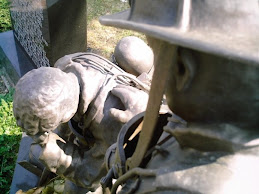
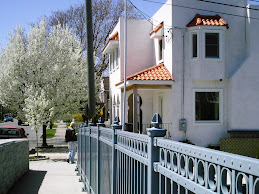
+-+June+2009.jpg)


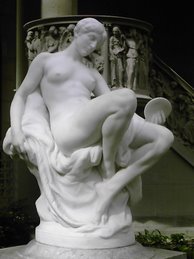


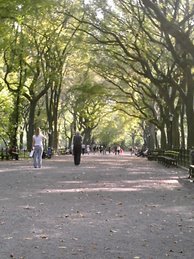


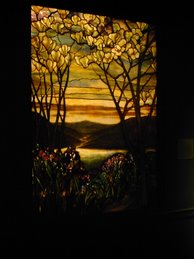


No comments:
Post a Comment